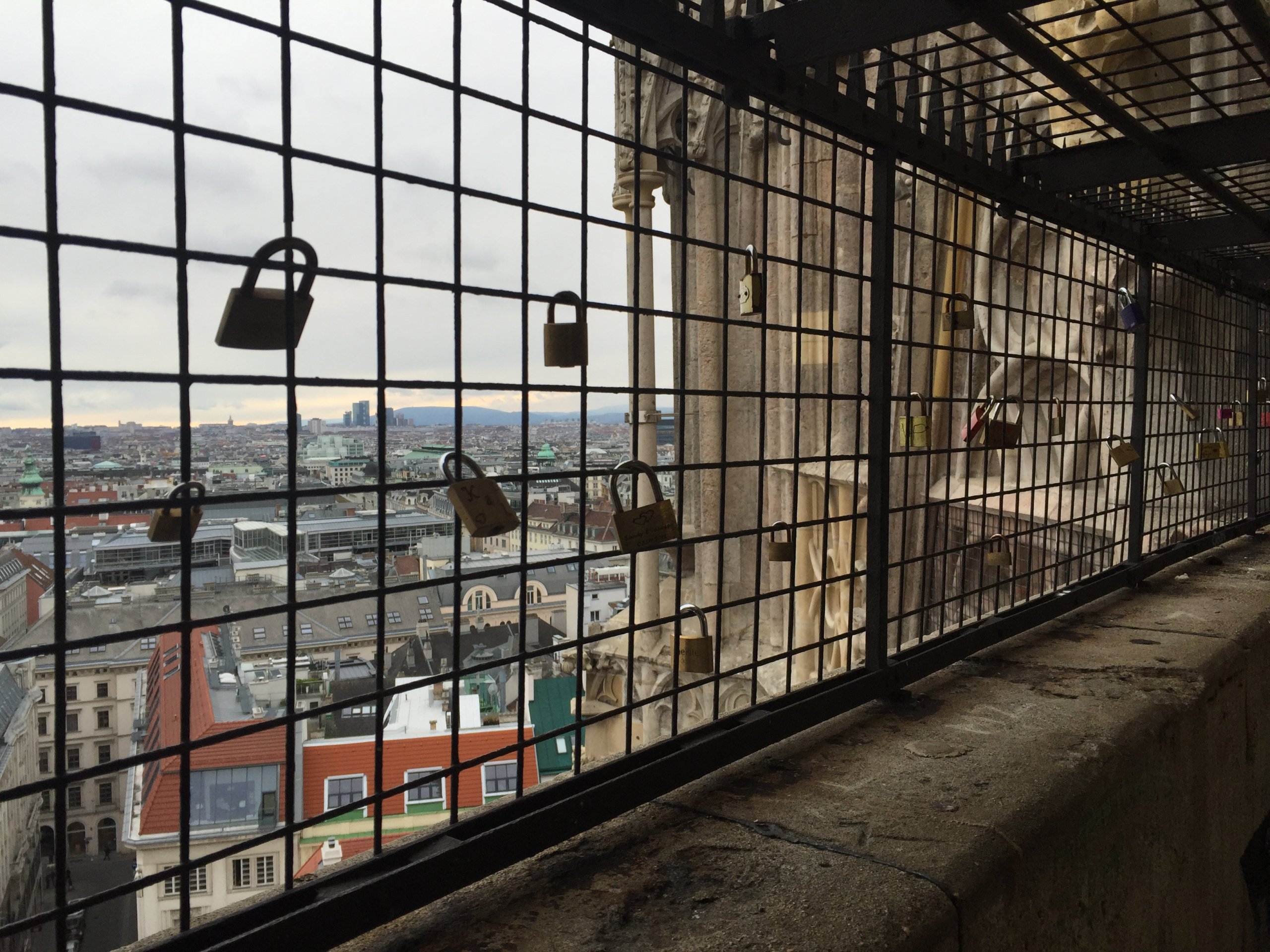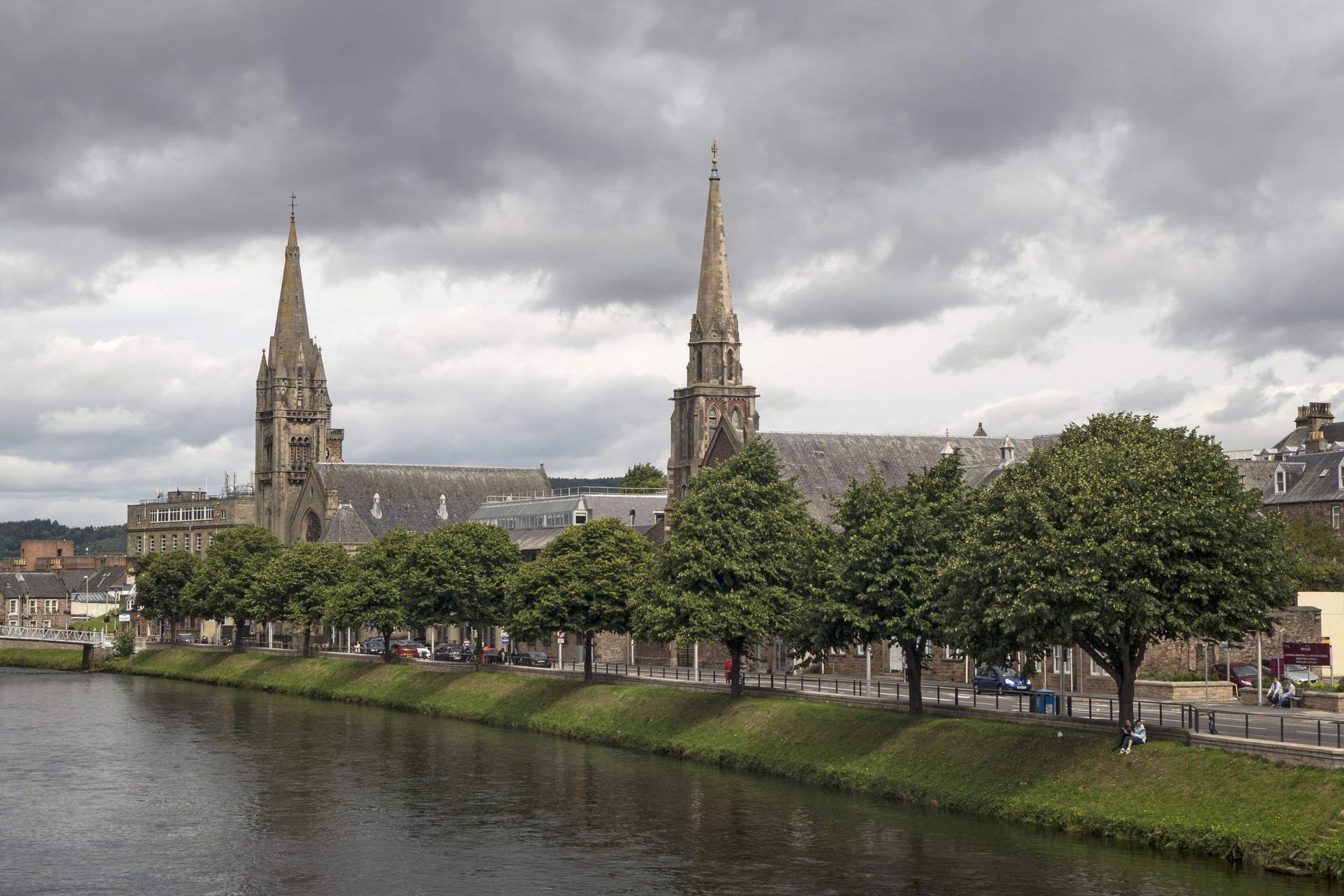New Orleans, Louisiana is a city known for its rich history, vibrant culture, and delicious food. Located at the mouth of the Mississippi River, the city has been shaped by its unique location, which has played a key role in its development as a major port city. The city is also known for its distinctive architecture, music, and festivals, including Mardi Gras.
The history of New Orleans dates back to the 18th century, when the French founded the city as a strategic port to control trade in the Mississippi River Valley. The city quickly grew in importance, and by the late 1700s, it was one of the largest cities in the United States.
One of the most distinctive features of New Orleans is its architecture. The city is known for its Creole cottages, shotgun houses, and the iconic raised basements, which were built to protect homes from flooding. The city also has a number of historic buildings, including the French Quarter, which is home to the famous Bourbon Street, and the St. Louis Cathedral, which is the oldest continuously operating cathedral in the United States.
New Orleans is also known for its delicious food. The city is famous for its Creole and Cajun cuisine, which is a fusion of French, African, and Spanish influences. Some of the most popular dishes include gumbo, jambalaya, and crawfish étouffée. The city also has a thriving seafood industry, and seafood dishes such as shrimp po’ boys and oysters Rockefeller are popular.
The city is also famous for its music, particularly jazz. New Orleans is considered the birthplace of jazz, and the city has produced many famous jazz musicians, including Louis Armstrong, who is considered one of the greatest jazz musicians of all time. The city is also known for its brass bands, which often play at funerals and second line parades.
Another important aspect of New Orleans culture is its festivals, including Mardi Gras, which is one of the most famous festivals in the world. The festival, which takes place on the Tuesday before Ash Wednesday, is known for its colorful parades, costumes, and beads. Other festivals include the New Orleans Jazz & Heritage Festival, which is one of the largest music festivals in the United States, and the French Quarter Festival, which is one of the largest free festivals in the country.
In conclusion, New Orleans is a city with a rich history, vibrant culture, and delicious food. Its strategic location at the mouth of the Mississippi River has played a key role in its development as a major port city. The city is also known for its distinctive architecture, music, and festivals, including Mardi Gras. New Orleans is truly a unique and special place, and it is well worth a visit.
How to Spend 3 Days in New Orleans
Day 1
A good way to spend three days in New Orleans would be to explore the city’s rich cultural heritage through its food, music, and architecture. On the first day, take a walking tour of the French Quarter to see the historic buildings, including the famous St. Louis Cathedral. In the evening, enjoy live jazz music at one of the city’s famous music clubs, such as Preservation Hall or Snug Harbor. A full list of great music clubs in New Orleans can be found below!
- Preservation Hall – This historic venue in the French Quarter is dedicated to preserving traditional New Orleans jazz music. The intimate setting and excellent acoustics make it a great place to see some of the best jazz musicians in the city.
- The Spotted Cat Music Club – Located in the Faubourg Marigny neighborhood, this small venue features a mix of jazz, blues, and brass band music. The intimate setting and excellent musicians make it a great spot to check out some local talent.
- Tipitina’s – This famous music venue in Uptown is known for its great sound system and excellent line-up of local and national acts. You can catch a wide variety of music here, including funk, brass band, and R&B.
- The Maple Leaf Bar – This historic bar in Uptown is a great spot to catch live music, with a focus on funk and brass band music. The venue has a relaxed atmosphere and is known for its lively crowd.
- d.b.a. – This venue in the French Quarter features a mix of jazz, blues, and brass band music, with a focus on local talent. The intimate setting and excellent acoustics make it a great spot to catch a live show.
- Blue Nile – This music venue in the French Quarter is known for its great sound system and excellent line-up of local and national acts. You can catch a wide variety of music here, including funk, brass band, and R&B.
- Snug Harbor Jazz Bistro – This music venue in the French Quarter is dedicated to preserving traditional New Orleans jazz music. The intimate setting and excellent acoustics make it a great place to see some of the best jazz musicians in the city.
- The House of Blues – This famous venue in the French Quarter is known for its excellent line-up of local and national acts, with a focus on blues, gospel, and R&B.
- The Howlin’ Wolf – This music venue in the Warehouse District is known for its great sound system and excellent line-up of local and national acts. You can catch a wide variety of music here, including funk, brass band, and R&B.
- The Joy Theater – This historic theater in the CBD is a great spot to catch live music, with a focus on funk, R&B, and hip-hop. The venue has a relaxed atmosphere and is known for its lively crowd.
These are just a few of the many great music venues in New Orleans, but they are all worth checking out if you’re looking for a great live music experience. Remember that there are many street performers, and in the summer, many free concerts in the streets and in the parks in the city so keep an eye on schedules and enjoy the atmosphere.
Day 2
On the second day, take a street car ride to the Garden District and admire the beautiful antebellum homes. In the evening, indulge in some authentic Creole and Cajun cuisine at one of the city’s renowned restaurants, such as Commander Palace or Dooky Chase’s.
Best Restaurants for Great Food in New Orleans
There are many great restaurants in the city that offer a wide variety of culinary experiences. One highly recommended restaurant is Commander Palace, which has been serving Creole cuisine for over 140 years. The restaurant is known for its elegant dining room and its famous 25-cent martini lunch. Dishes at Commander Palace include classics like turtle soup, seafood gumbo, and pecan-crusted fish.
Another popular restaurant is Galatoire’s, which has been serving traditional Creole cuisine since 1905. The restaurant is famous for its Friday lunch, which is a New Orleans tradition. Galatoire’s menu includes dishes such as oysters Rockefeller, trout meunière, and shrimp rémoulade.
For a more casual dining experience, there’s Cochon. Cochon is a casual Cajun-Creole restaurant that serves dishes like gumbo, boudin, and cracklins. The restaurant also has a great selection of local beers and bourbons.
For a unique dining experience, check out Brennan’s, a Creole restaurant that serves breakfast, lunch, and dinner. The restaurant is known for its famous brunch, which includes dishes like eggs Sardou and bananas Foster. The dinner menu includes dishes such as turtle soup, shrimp and grits, and crabmeat Yvonne.
Acme Oyster House is another must-visit restaurant for seafood lovers. The restaurant has been serving fresh oysters, shrimp, and other seafood for over 100 years. The menu also includes traditional Creole dishes such as gumbo, étouffée, and jambalaya.
For a taste of New Orleans’ famous Cajun cuisine, head to Dooky Chase’s. This restaurant serves traditional Cajun dishes such as gumbo, jambalaya, and étouffée. The restaurant also has a great selection of sides, including collard greens, red beans and rice, and fried okra.
Finally, for a unique dining experience, visit the Court of Two Sisters, a restaurant that serves Creole and Cajun cuisine in a beautiful courtyard setting. The restaurant is known for its famous jazz brunch, which includes dishes such as eggs Sardou, shrimp and grits, and bananas Foster.
New Orleans is a food lover’s paradise with a wide variety of great restaurants that offer a range of culinary experiences. From traditional Creole and Cajun cuisine to seafood, there’s something for everyone in this city. Some of the most highly recommended restaurants include Commander Palace, Galatoire’s, Cochon, Brennan’s, Acme Oyster House, Dooky Chase’s, and the Court of Two Sisters.
Day 3
On the third day, take a guided tour of the city’s famous cemeteries, such as St. Louis Cemetery No. 1, and learn about the unique above-ground burial traditions of New Orleans. In the evening, experience the excitement of Bourbon Street and the nightlife of the French Quarter.
Cemetery Tours
Cemetery tours in New Orleans offer a unique and fascinating glimpse into the city’s rich history and culture. The city’s cemeteries, known as “cities of the dead,” are unlike any other in the world. Instead of being tucked away in remote, out-of-the-way locations, the cemeteries in New Orleans are located in the heart of the city, with above-ground tombs and vaults lining the streets.
One of the most popular cemetery tours in New Orleans is the St. Louis Cemetery No. 1 tour. Established in 1789, this cemetery is the city’s oldest and is the final resting place of some of New Orleans’ most famous residents, including voodoo queen Marie Laveau and Homer Plessy, the plaintiff in the famous Plessy v. Ferguson Supreme Court case. The tour takes visitors through the cemetery’s narrow lanes and alleys, highlighting the tombs and vaults of the famous and the infamous, while also providing a glimpse into the city’s unique funeral customs.
Another popular cemetery tour in New Orleans is the Lafayette Cemetery No. 1 tour. Established in 1833, this cemetery is known for its ornate tombs and vaults, many of which are decorated with intricate carvings and sculptures. The tour takes visitors through the cemetery’s winding lanes, highlighting the tombs of some of the city’s most notable residents, including several governors, mayors, and members of the city’s elite.
In addition to these tours, there are several other cemetery tours in New Orleans that offer visitors a glimpse into the city’s unique history and culture. The Greenwood Cemetery tour, for example, takes visitors through one of the city’s most historic cemeteries, highlighting the tombs and vaults of some of the city’s most prominent residents, including several Civil War generals. The Metairie Cemetery tour is another popular option, taking visitors through one of the city’s largest and most historic cemeteries, highlighting the tombs of many of the city’s most famous residents, including several jazz musicians and politicians.
Cemetery tours in New Orleans are not only a great way to learn about the city’s history and culture, but they also offer a glimpse into the city’s unique funeral customs and practices. Visitors will learn about the city’s above-ground burial traditions, which date back to the 18th century and are a result of the city’s high water table. They will also learn about the city’s unique funeral customs, including the use of jazz funerals and second line parades.
French Quarter
The French Quarter, also known as the Vieux Carré, is a historic neighborhood located in the heart of New Orleans, Louisiana. It is considered the oldest neighborhood in the city, having been established in 1718 by French colonizers. The French Quarter is famous for its unique architecture, vibrant culture, and rich history.
One of the most iconic features of the French Quarter is its architecture. The neighborhood is filled with beautiful, historic buildings, many of which date back to the 18th and 19th centuries. The architecture of the French Quarter is a mix of Spanish, French, and Creole influences, and is characterized by ornate iron balconies, intricate plasterwork, and brightly colored stucco facades. The most famous example of this style is the iconic St. Louis Cathedral, which sits at the center of Jackson Square and is the oldest continuously active cathedral in the United States.
The French Quarter is also famous for its vibrant culture and lively atmosphere. The neighborhood is home to some of the most famous music venues in the city, including Preservation Hall and the Spotted Cat Music Club. Visitors can also enjoy live jazz music on the streets, as well as local food and drink. The French Quarter is also home to many festivals throughout the year, including Mardi Gras, the French Quarter Festival, and the New Orleans Jazz & Heritage Festival.
The French Quarter is also rich in history. It was the site of many important events in American history, including the Louisiana Purchase, the Battle of New Orleans, and the Civil War. Visitors can also explore the history of the neighborhood at the French Quarter Museum, which tells the story of the people who lived and worked in the area.
One of the most famous streets in the French Quarter is Bourbon Street, which is known for its lively nightlife and historic bars. This street is lined with dozens of bars, nightclubs, and restaurants, and is a popular destination for tourists and locals alike. Visitors can also walk down Royal Street, which is known for its antique shops and art galleries.
The French Quarter is also home to many hotels, bed and breakfast, and vacation rentals. The neighborhood is a popular destination for tourists and it is easy to see why. With its unique architecture, vibrant culture, and rich history, the French Quarter is a must-see destination for anyone visiting New Orleans.
Where to Stay in New Orleans
Depending on your interests and budget, there are a variety of options for where to stay in the city. New Orleans has “pretty” areas that are upscale and high-brow, and other areas for those looking for a bit of a more raucous time.
If your proclivities lean toward the more adventurous side, the obvious choice of where to stay is the French Quarter. This is the oldest neighborhood in the city and is home to many of its most famous landmarks, such as Bourbon Street, Jackson Square, and the St. Louis Cathedral. The French Quarter is also home to a variety of restaurants, bars, and shops, making it a great place to explore and experience the city’s culture. However, accommodations in this area can be expensive, and it can also be quite crowded and noisy. It’s an absolute madhouse, which some people coming to New Orleans not only mind, but prefer.
Another option is the Marigny and Bywater neighborhoods. These areas are just outside the French Quarter and offer a more local and laid-back vibe. They are also home to many great restaurants, bars, and music venues. Accommodations in these areas are often more affordable than in the French Quarter, and they offer a more authentic New Orleans experience.
The Garden District is another popular area to consider. This neighborhood is known for its beautiful historic homes and lush gardens. It’s also home to some of the city’s best restaurants and shops. Accommodations in this area are often more upscale and can be expensive, but it’s a great option if you’re looking for a more peaceful and upscale experience.
If you’re looking for a more budget-friendly option, you might consider staying in the Central Business District (CBD) or the Warehouse District. These areas are more modern and have a number of budget-friendly hotels and hostels. They are also home to many great restaurants, bars, and shops. However, these areas can be quite busy during the day and can be less walkable than the other neighborhoods mentioned above.
Finally, if you’re looking for an authentic New Orleans experience and a chance to stay in a historic home, you might consider renting a shotgun house or a Creole cottage in one of the city’s many historic neighborhoods. These types of accommodations can be found throughout the city and offer a unique and authentic experience of New Orleans.
How to Get Around New Orleans
Getting around the city can be a bit tricky for first-time visitors, but with a little knowledge and planning, it can be a breeze.
One of the most popular ways to get around New Orleans is by walking. The French Quarter is particularly walkable and within a 15 minute walk from the Financial District. Additionally, many of the city’s other neighborhoods, such as the Marigny and the Garden District, are also very walkable and are great places to explore on foot.
Another popular way to get around New Orleans is by taking public transportation. The city’s public transportation system is operated by the Regional Transit Authority (RTA) and includes buses and streetcars. The streetcars are a great way to get around the city and are particularly useful for getting to and from the French Quarter and other popular tourist destinations. The buses are also a reliable and inexpensive way to get around the city and are a good option for getting to destinations that are not easily accessible by streetcar.
If you prefer to drive, it is important to keep in mind that parking in New Orleans can be difficult and expensive. Personally, we don’t recommend it for many reasons. Many of the city’s streets are narrow and crowded, and parking is often limited. Additionally, many of the city’s neighborhoods, such as the French Quarter, have strict parking regulations and are only accessible to residents. If you plan to drive, it is a good idea to research parking options in advance and consider using a parking app to reserve a spot.
Ride-sharing services like Uber and Lyft are widely available in New Orleans, and should be used. These services are a convenient and affordable way to get around the city, particularly if you plan to visit multiple destinations or if you prefer not to drive.
Another option to get around New Orleans is by bike. The city has a bike-sharing program called Blue Bikes, which allows visitors to rent a bike for a low cost. Biking is a great way to explore the city and to avoid the traffic and parking headaches that can come with driving. Each option has its pros and cons, so it’s important to plan ahead and choose the one that works best for you




